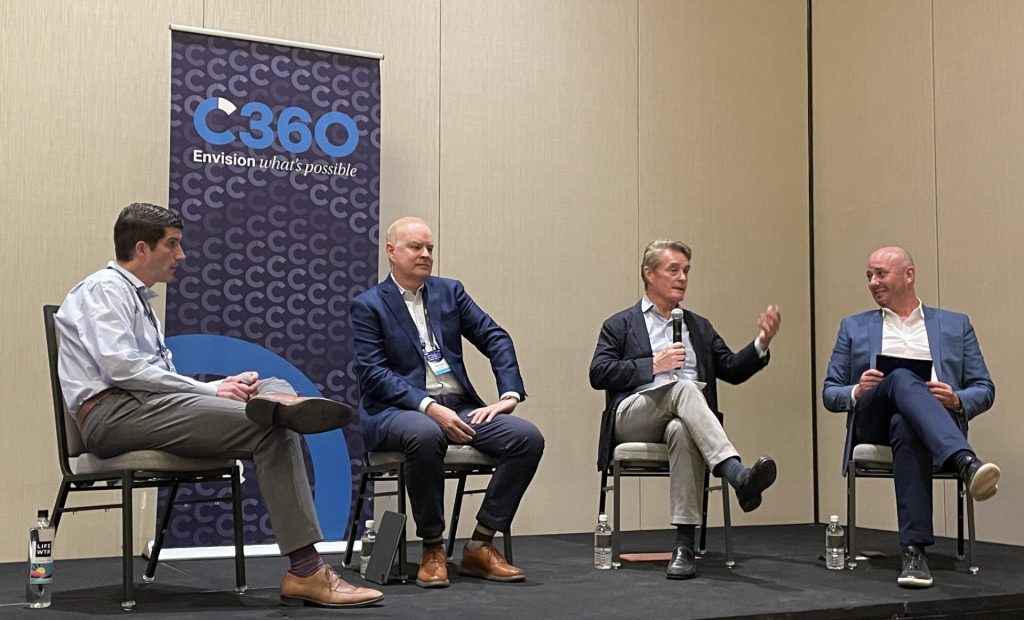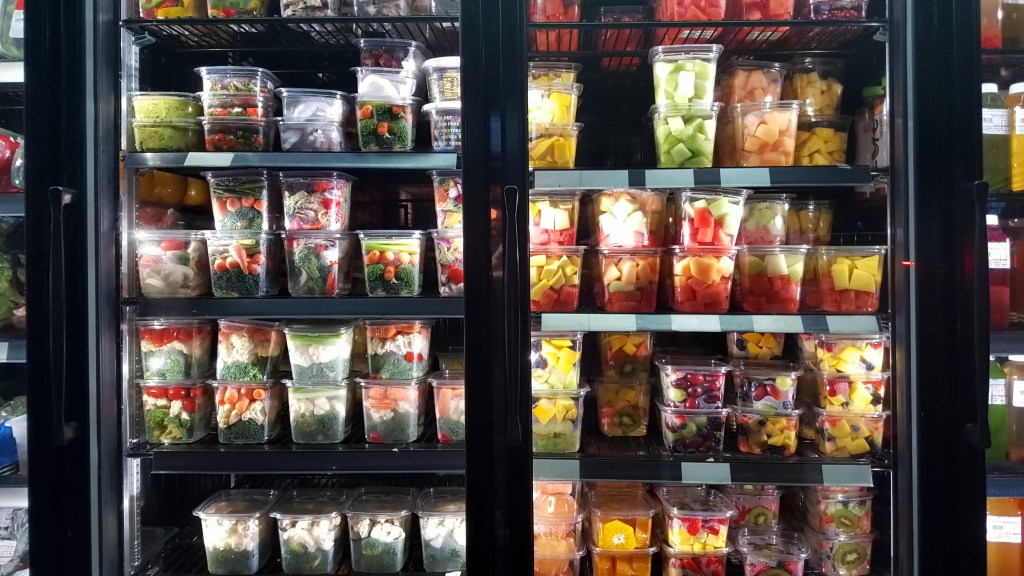
Prepared Foods Drive Gains
Fuel and tobacco products remain essential categories for the nation’s 150,000-plus convenience stores, but sector growth is being led by store formats that feature higher quality and greater variety of prepared foods and beverages.
The sector added more new locations in 2023 than any other retail format in the U.S. – 2,222, outpacing even dollar stores which boasted 1,368 new openings. Drug stores, mass merchandisers, supercenters and supermarkets all ended the year with fewer locations.
At the recent NIQ 2024 Consumer 360 conference in Phoenix, AZ, a panel of experts from the industry unpacked some of the key drivers of this dynamic retail sector, which marked annual sales growth of 2.8 percent in US and 1.5 percent in Canada, for 2023. The sector is booming in Mexico, which gained 15.8 percent.
North American expansion comes as several fundamental changes continue to impact the convenience store sector:
- They are offering a broader variety of higher-quality prepared foods, beverages and non-seasonal candy which are driving sales growth and trips.
- They are reconsidering the long-term role of fuel sales, as electric vehicles enter the equation, and more shopping missions are for inside sales only.
- They are investing in new technology, including self-checkout, personalization and retail media to modernize operations and shopper experiences.
Henry Armour, President and CEO of NACS, the National Association of Convenience Stores, identified three major transitions that are presently energizing the convenience store industry.
“We’ve talked a lot about the energy transition,” he said, referencing the shift from gasoline to electric vehicles. “Cigarettes are in what we call the nicotine transition – historically cigarettes have been a core traffic driver for convenience.”
He continued, “Then there is what I think is the consumer transition – which is about where they shop.”
Growth drivers and new data
While all of the top 10 categories except tobacco products recorded higher dollar sales last year, food service has become a primary driver of growth. Notably, prepared foods enjoyed a 12.2 percent increase YoY, according to NACS 2023 State of the Industry Report.
“Convenience store counts are continuing to grow,” said Jason Zelinski, NIQ VP of NA Retail. “Think about how many customer impressions you’re getting. You see 165,000,000 transactions a day. Half of America is walking into a C-store every single day.”
Those visits account for 16% of all CPG sales in the U.S., NielsenIQ data indicates. NACS data confirms that that food service has overtaken cigarettes as the largest category in the store. Recognizing that most major operators are investing in higher-quality prepared food offerings, Zelinski said NIQ has committed to add this sales data within its Full View® platform beginning July 2024.
NielsenIQ also tracks “Better For™” product sales trends across retail channels. In the past year, these products have shown faster growth in the C-store channel compared with total food and beverage sales, which Zelinski said signals greater awareness and interest among their customers and changing attitudes about where to buy them.
Fueling change
Primary trip missions are changing too, said Richard Garcia, Global Manager of Convenience Retailing Operations, Shell. “The historical model for convenience, particularly in the US is that you use fuel to attract people to your location.”
He added, “That is absolutely changing to the store becoming the destination and while they’re there, you hope they might buy fuel. Now it’s already happened. Really. When you look at our numbers, the average person fills up their car, I think it’s two 2.3 times a month. The average C-store shopper comes to a convenience store more than three times a week. So, the store has become the destination.”
Food service has been a primary driver of this shift, said Garcia, who said Shell has been experimenting overseas with new formats, including stand-alone coffee stores, and some EV-only stores.
“EV charging is coming much slower than anyone was forecasting,” he noted. “It’s not happening very quickly. It’s certainly coming in different pockets of the country and the world, but not everyplace.”
Immediate consumption
Brands like PepsiCo have come to understand that shoppers have a different mindset when they buy beverages and snacks in a convenience store versus a supermarket said Evan Shaver, VP, Category Leadership, PepsiCo.
“The actual shopper is often the immediate consumer, which is not always the case when you walk into a Costco, your grocery store, etcetera.” He said his company is latching on to food service growth in the C-store industry to promote its beverage and snack products as “meal components” alongside other primary items like pizza or sandwiches.
He noted that those 165 million daily visits offer a prime opportunity to test new products and flavors. “That’s half the population of the United States,” he said, “So if you want visibility for a new product, you can have more eyeballs on it in the C-store channel than any other.”

Get the Full View of Retail
To find out how NIQ’s convenience store market coverage and solutions can help you accelerate your business performance,
contact us.




